In the dynamic world of digital marketing, media virality is that pearl in the oyster. By 2025, it looked like everything had changed: AI-operated algorithms, hyper-personalized content, and behavioral shifts among users had rendered all rules vague as far their applicability to virality was concerned. Content creators, marketers, or brands ought to understand the psychology of virality and wield cutting-edge AI tools to exponentially increase the probabilities of achieving the desired virality.
This guide is a comprehensive guide that gives you all you need to know on viral content creation in 2025: it gives you motivational virality psychology knowledge along with how to fuel up with the AI-powered tools, study around various case studies from real life, and provide actionable strategies. So, let’s get started!
Understanding Virality: What Content Makes Viral?
It is not random; it is a science. Viral content follows something of a psychological blueprint rooted in human emotions, relatability, and shareability.
1. Emotional Triggers
It tends to incline toward shareability for happiness, awe, anger, or surprise-inducing contents. For instance, a wonderful story about the community pulling together or a shocking exposé on something controversial could set off the emotional response quite fitfully that induces sharing.
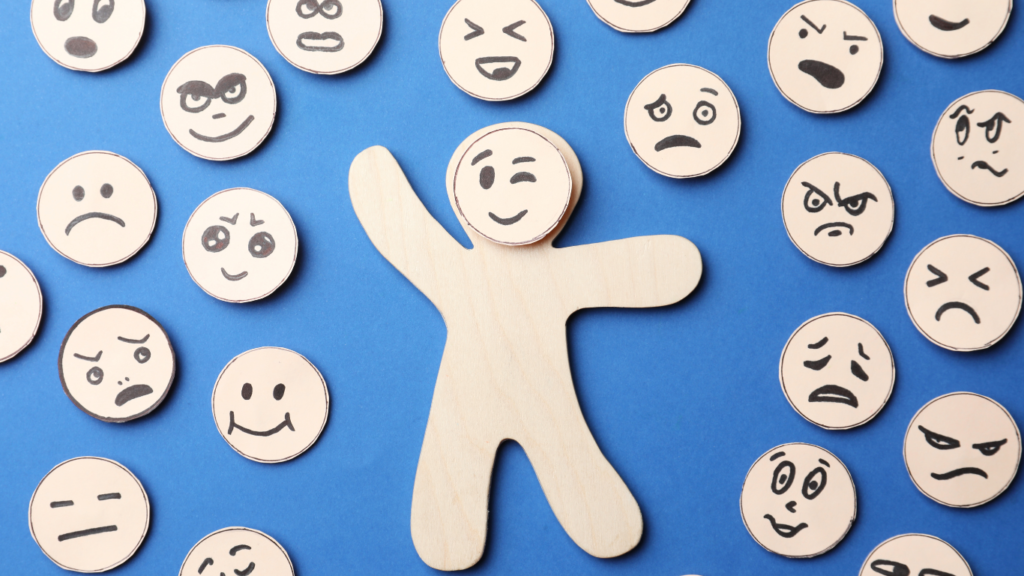
2. Storytelling
Compelling narratives form memorable, shareable content. It is personal stories, a brand origin story, or even made-up storytelling that draws emotional bridges with the audience.
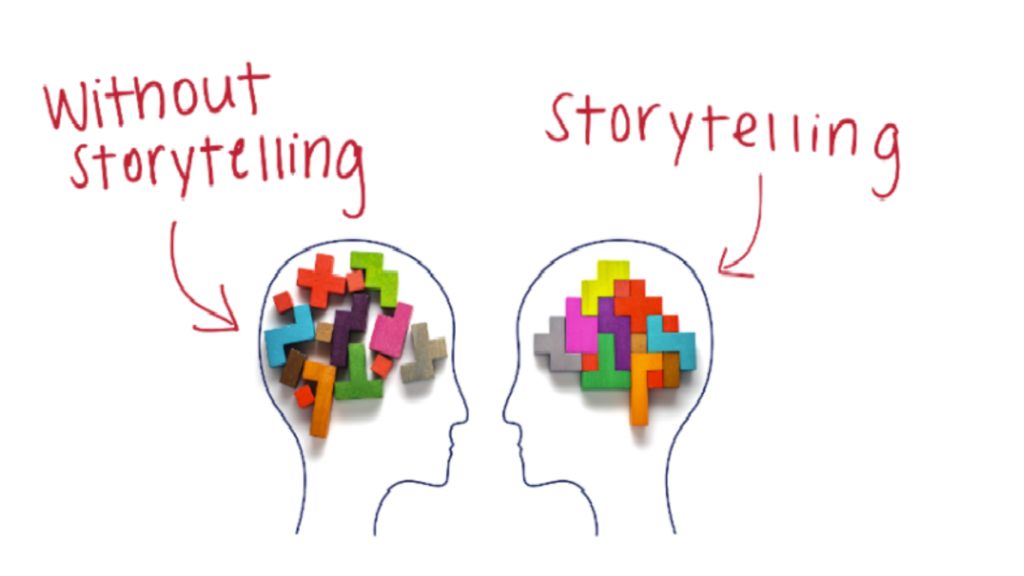
3. Timeliness & Trends
Timeliness adds visibility to waves of challenge or trend. By riding trends and keeping up with what is hot and watching how it can incorporate them into your content, this can give you a huge push in reach.

4. Eye-Catching Appeal
Great visuals, exciting thumbnails, along with a flair to the caption, make it inviting. High-quality visuals with fantastic bright colors and innovative designs can even make your content stand out in an overcrowded feed.
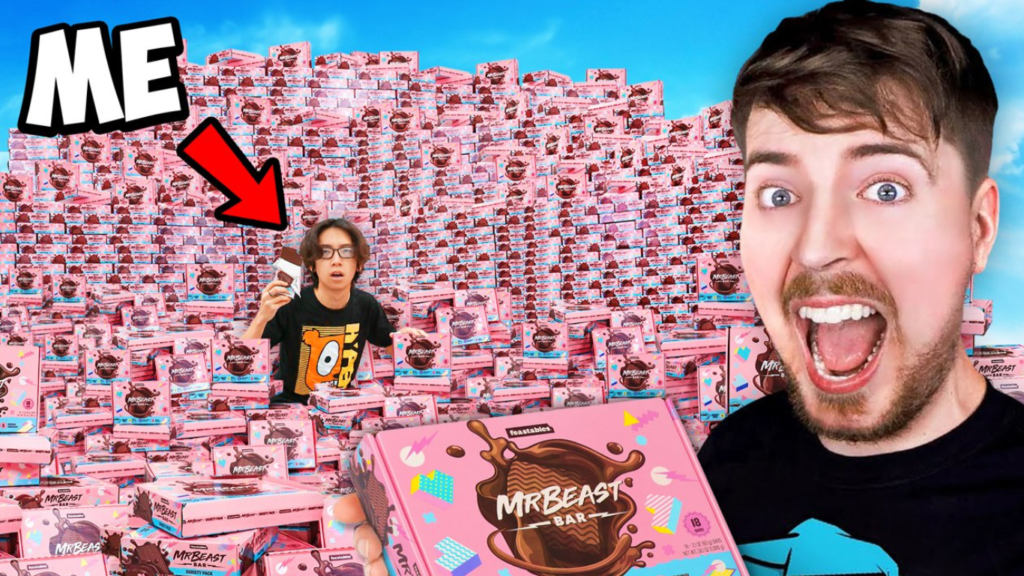
5. Engaging the Community
Content-driven engagement (polls, challenges, memes) encourages sharing and interaction. When they feel part of the content, they are likely to engage very frequently and even forward it.

AI-Powered Acts Enhancing Viral Cases
AI-aided content creation has come to a turning point that consequently led one to believe in how simple it has become to create viral content. Listed below are some of the great tools available in the year 2025.
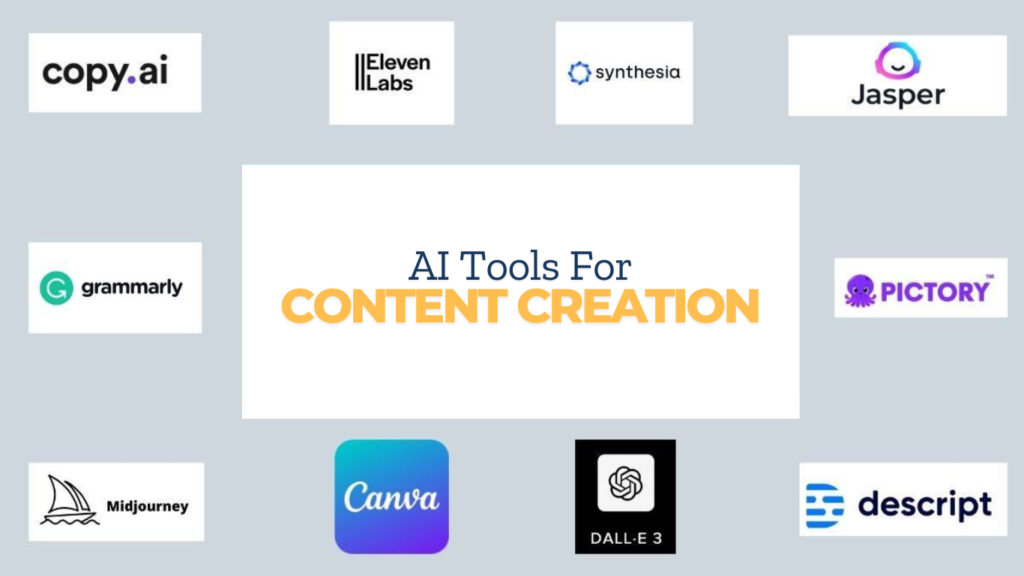
AI Tools for Video Content Creation
- Runway ML: AI for video editing, background removal, and special effects.
- Pictory AI: Auto-generation of short viral videos from blog articles and long-form videos.
- Synthesia: AI avatars and voiceovers to make human-like engaging explainer videos.
AI Writing & Content Generation
- ChatGPT-4 Turbo: Advanced content creation for captions, blogs, and social media.
- Copy.ai: An advanced copywriting AI tool that generates ad copies, tweets, and great hooks.
- Jasper AI: An AI tool for social media posts as well as heads and blogs.
AI for Design & Visuals
- Canva AI: Templates for AI-generated social media posts, branding assets, and infographics.
- DALL·E 3: An AI image generator for uniquely engaging visual content.
AI for Analytics & Trend Tracking
- BuzzSumo: To find trending topics and the most shared content from different platforms.
- Vidooly: AI-powered video analytics for performance tracking and optimization.
Case Studies: What Worked & Why?
Case Study 1: Mr.Beast’s Million-Dollar Challenges
Industry: Extreme generosity, high-stakes challenges, and emotional storytelling.
Takeaway: Curious thumbnails, fast content, and FOMO (fear of missing out).
Case Study 2: Duolingo’s TikTok Domination
Industry: Humorous, meme-driven content marketing on its owl mascot.
Takeaway: Brands must act like creators, leverage humor, and share in trends.
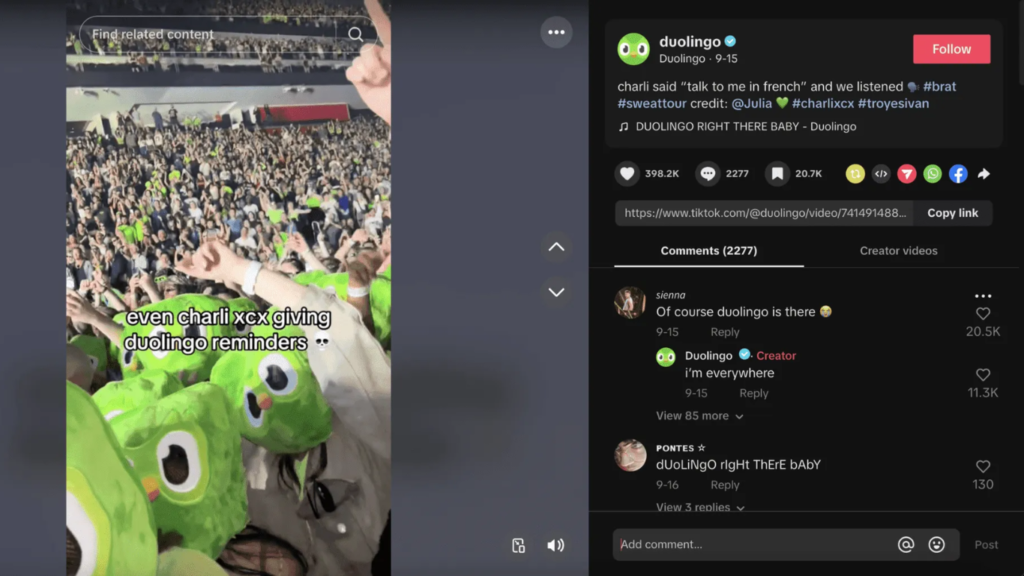
Case Study 3: AI-Generated Influencer: “Lil Miquela”
Industry: Highly curated, human-like content on the AI world through a human lens.
Takeaway: AI influencers are distinct from human influencers – this marrying of AI and human creativity is the way forward.
Step-by-Step Guide to Going Viral in 2025
1. Finding a Trendy Topic Use Google Trends/TikTok creative center/BuzzSumo to spot trending topics.
2. Hook Your First 3 Secure Attention Use shocking stats, bold claims, or questions to provoke viewers’ curiosity.
3. Use AI for Optimization AI tools will enhance your visuals, captioning, and even tracking results.
4. Go Multi-Platform Posting Repurpose content for Instagram, TikTok, YouTube Shorts, and Twitter.
5. Encourage Engagement Ask questions and create polls, use forceful CTAs that boost shares and comments.
Future AI In Viral Content
- Personalization At Scale AI propels hyper-personalized content delivering value at an individual user level.
- Predictive Analytics AI to predict virality based on historical data and current trends.
- Automation Automating all repetitive tasks like video editing, caption writing, and posting on social channels.
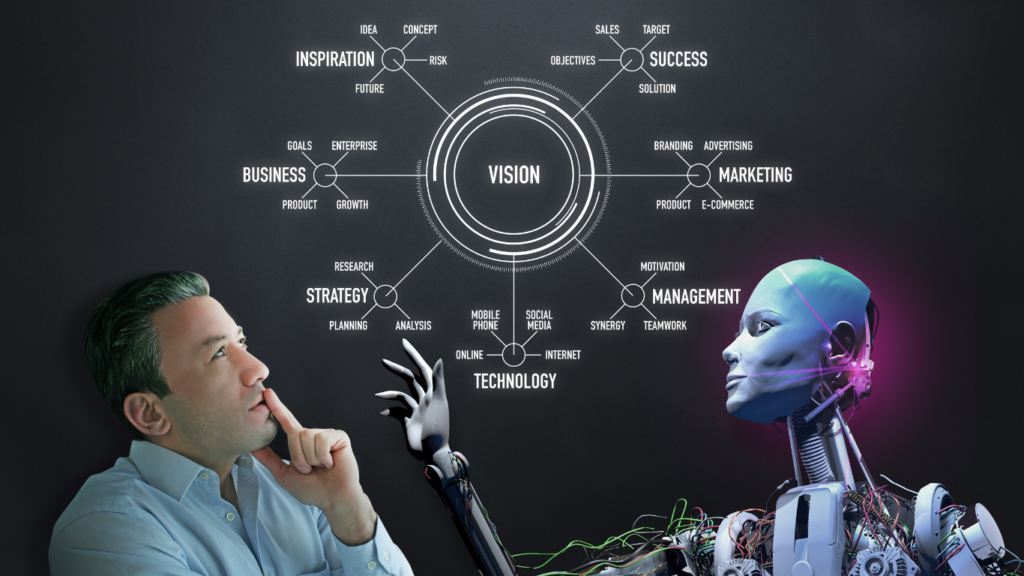
Final Thoughts
The future of viral content by 2025 is in power by AI, engagement upon high levels, multi-platform based. By assessing the virality psychology of your content, using AI tools to your advantage, and analyzing successful case studies, you will be able to spread the impact of your content.
Are you ready to be viral? Start creating, experimenting, and engaging with your audience.
What’s your favorite example of viral content? Comment below!

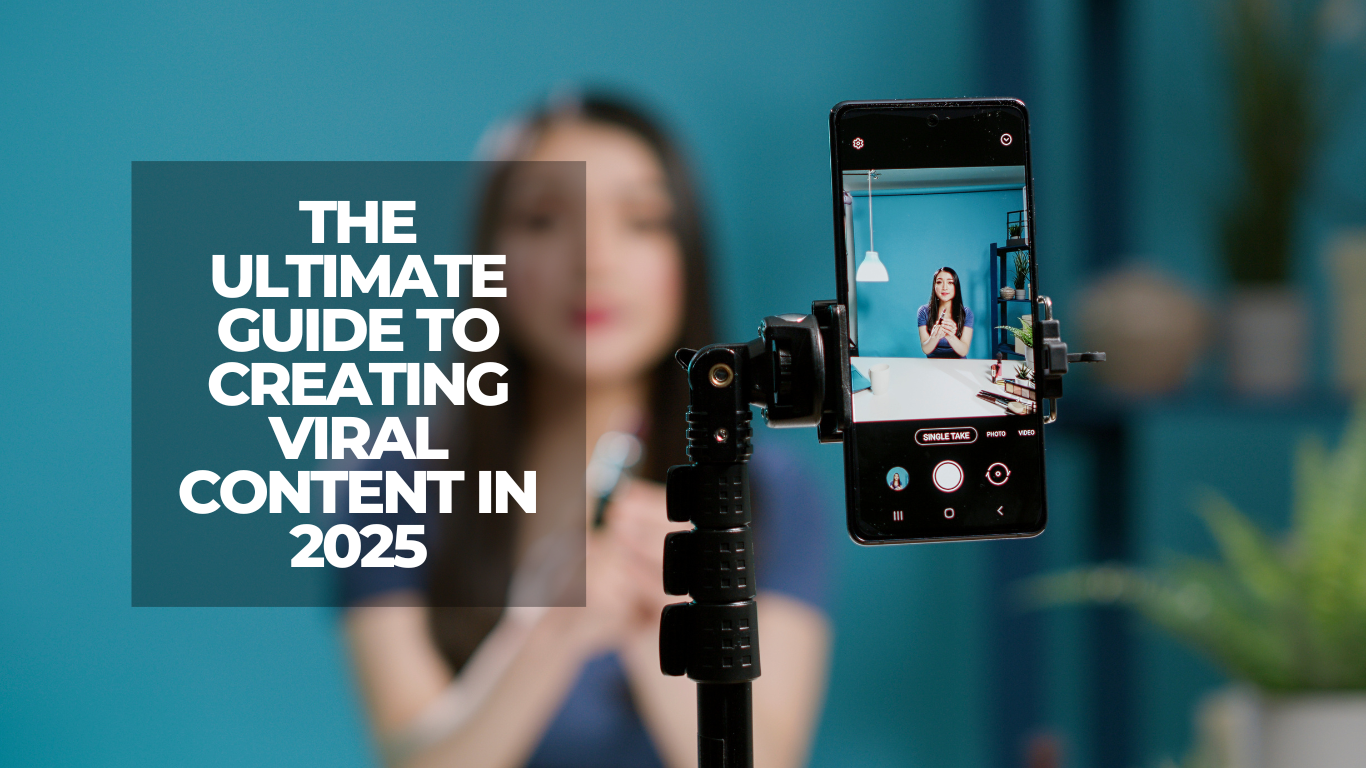
Leave a Reply